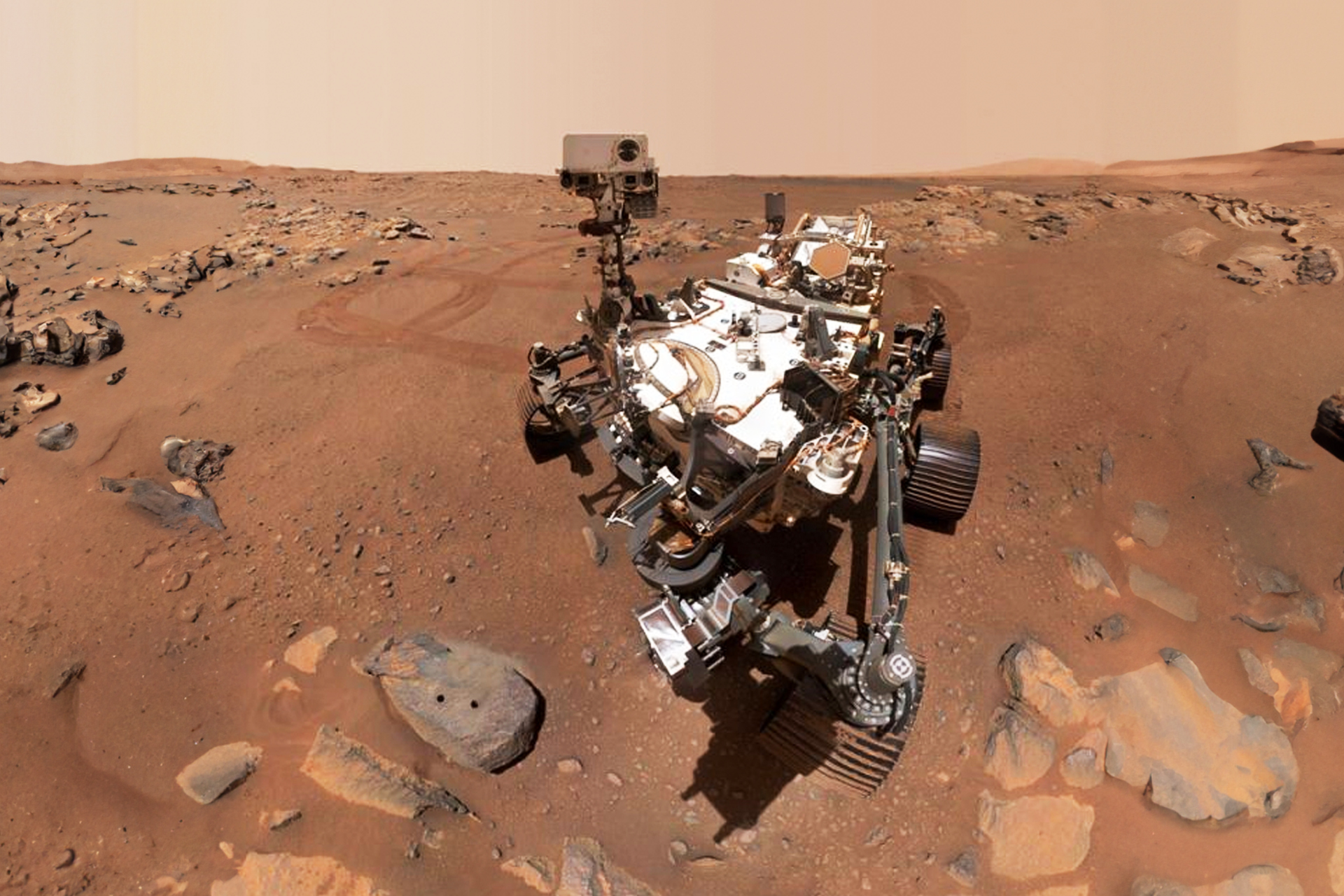The Mars sample return mission is one of the most ambitious initiatives currently at the forefront of the scientific scene, and it is a joint mission between the US Space Agency (NASA) and the European Space Agency (ESA).
A press conference was held – led by NASA Administrator Bill Nelson and his deputy Nikki Fox – the day before yesterday, Tuesday, to present a long-awaited update on the future of this mission, as the agency aims to retrieve the “Martian” samples that the “Perseverance” vehicle collected earlier.
In its media statement, NASA indicated the development of a road map aimed at reducing costs, reducing risks, and simplifying the complexities of the mission.

Challenges and obstacles: a crisis in the budget and organizational structure
Since the launch of the Perseverance rover in February 2021, the rover has continued to collect samples of Martian rocks. They were stored in containers specially designed for this purpose and left on the surface of the red planet, awaiting later retrieval in another separate mission.
With great expectations for these samples that carry enormous secrets and information to reveal the secrets of the history of Mars and its potential to support life, the future of this mission has suffered a major setback by 2023. After a lengthy study, the review concluded that the mission’s financial and operational plans were “unrealistic,” and that Its organizational structure was “heavy and inefficient”.
As a result, the mission’s budget was subjected to a significant cut of $454 million within NASA’s 2024 budget, in addition to reducing expenses and laying off a large number of workers and contractors at the Jet Propulsion Laboratory, which is leading the mission. These challenges have raised serious concerns about the feasibility of the mission, threatening to leave Martian samples abandoned on the Red Planet indefinitely.
There is a glimmer of hope… NASA’s new strategy
Despite these challenges, NASA reiterated its commitment to moving forward with the mission. In April 2024, Bill Nelson and Nikki Fox reassured the scientific community that the mission had not actually been cancelled. Instead, the agency announced plans to reevaluate the scope of the mission with the aim of reducing its costs and speeding up the mission. Timetable.
In October 2024, NASA took an additional step by forming a specialized team to determine the future of the mission, and this team was tasked with preparing a comprehensive report by the end of the past year 2024, a report that played a decisive role in the last media briefing.
To ensure the success of the mission, the agency will follow two different approaches during the planning phase, and will choose one path later to implement the mission. The final plan is expected to be decided in the second half of next year, 2026.
The first option is based on previously proven entry, descent and landing system designs, such as the “air crane” technology used on the Curiosity and Perseverance missions. The second option depends on new innovations from the private sector to transport the landing platform to the surface of Mars.
For both plans, the landing pad would include a smaller version of the MIV ascent vehicle, and the system’s solar panels would be replaced by a radioisotope-based power source, providing power and heat during the Martian dust storm season. Which reduces design complexity.

